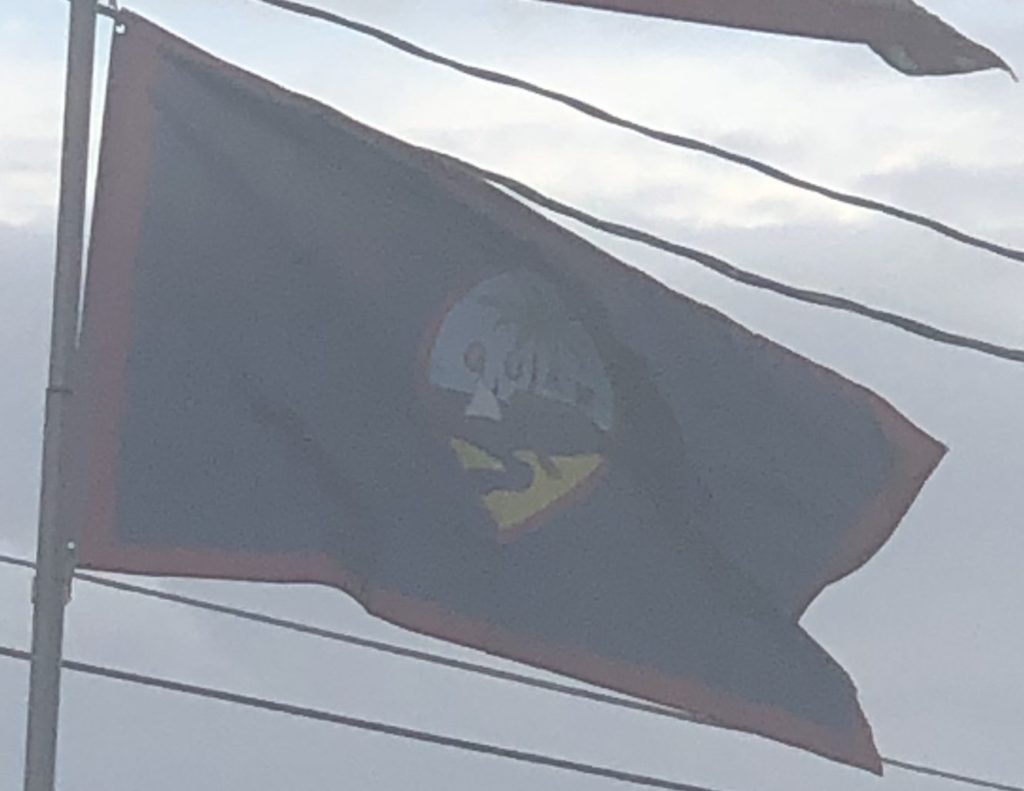Introduction:
Guam is an unincorporated and organized territory of the United States in Micronesia in the western Pacific Ocean. It is the easternmost point and territory of the United States, along with the Northern Mariana Islands.
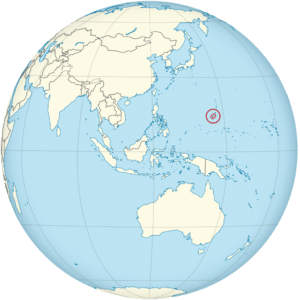
The capital city of Guam is Hagåtña and the most populous city is Dededo.
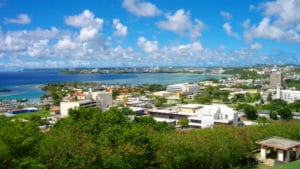
The inhabitants of Guam are called Guamanians, and they are American citizens by birth. Indigenous Guamanians are the Chamorros, who are related to other Austronesian natives to the west in the Philippines and Taiwan.
In 2016, 162,742 people resided on Guam. Guam has an area of 210 square miles.
History:
Pre-History:
The original inhabitants of Guam and the Northern Mariana Islands were the Chamorro people, who are believed to be descendants of Austronesian people originating from Southeast Asia as early as 2000 BCE.
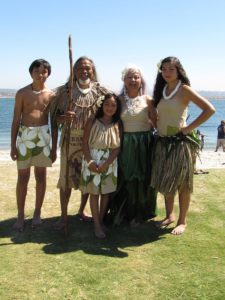
The ancient Chamorro society had four classes: chamorri (chiefs), matua (upper class), achaot (middle class), and mana’chang (lower class). The matua were located in the coastal villages, which meant they had the best access to fishing grounds, whereas the mana’chang were located in the interior of the island. Matua and mana’chang rarely communicated with each other, and matua often used achaot as intermediaries. There were also “makåhna” or “kakahna”, shamans with magical powers and “Suruhånu” or “Suruhåna” healers who use different kinds of plants and natural materials to make medicine. Belief in spirits of ancient Chamorros called “Taotao mo’na” still persists as a remnant of pre-European culture. It is believed that “Suruhånu” or “Suruhåna” are the only ones who can safely harvest plants and other natural materials from their homes or “hålomtåno'” without incurring the wrath of the “Taotao mo’na”. Their society was organized along matrilineal clans.
Latte stones are stone pillars that are found only in the Mariana Islands; they are a recent development in Pre-Contact Chamorro society. The latte-stone was used as a foundation on which thatched huts were built. Latte stones consist of a base shaped from limestone called the haligi and with a capstone, or tåsa, made either from a large brain coral or limestone, placed on top. A possible source for these stones, the Rota Latte Stone Quarry, was discovered in 1925 on Rota.
Magellan’s Travel to Guam:
The first European to travel to Guam was Portuguese navigator Ferdinand Magellan, sailing for the King of Spain, when he sighted the island on March 6, 1521, during his fleet’s circumnavigation of the globe.
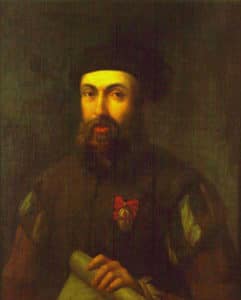
When Magellan arrived on Guam, he was greeted by hundreds of small outrigger canoes that appeared to be flying over the water, due to their considerable speed. These outrigger canoes were called Proas, and resulted in Magellan naming Guam Islas de las Velas Latinas (“Islands of the Lateen sails”). Antonio Pigafetta (one of Magellan’s original 18) said that the name was “Island of Sails”, but he also writes that the inhabitants “entered the ships and stole whatever they could lay their hands on”, including “the small boat that was fastened to the poop of the flagship.” “Those people are poor, but ingenious and very thievish, on account of which we called those three islands Islas de los Ladrones (“Islands of Thieves”).”
Spanish Colonization and the Manila Galleons:
Despite Magellan’s visit, Guam was not officially claimed by Spain until January 26, 1565, by General Miguel López de Legazpi. From 1565 to 1815, Guam and the Northern Mariana Islands, the only Spanish outposts in the Pacific Ocean east of the Philippines, were an important resting stop for the Manila galleons, a fleet that covered the Pacific trade route between Acapulco and Manila. To protect these Pacific fleets, Spain built several defensive structures that still stand today, such as Fort Nuestra Señora de la Soledad in Umatac.
